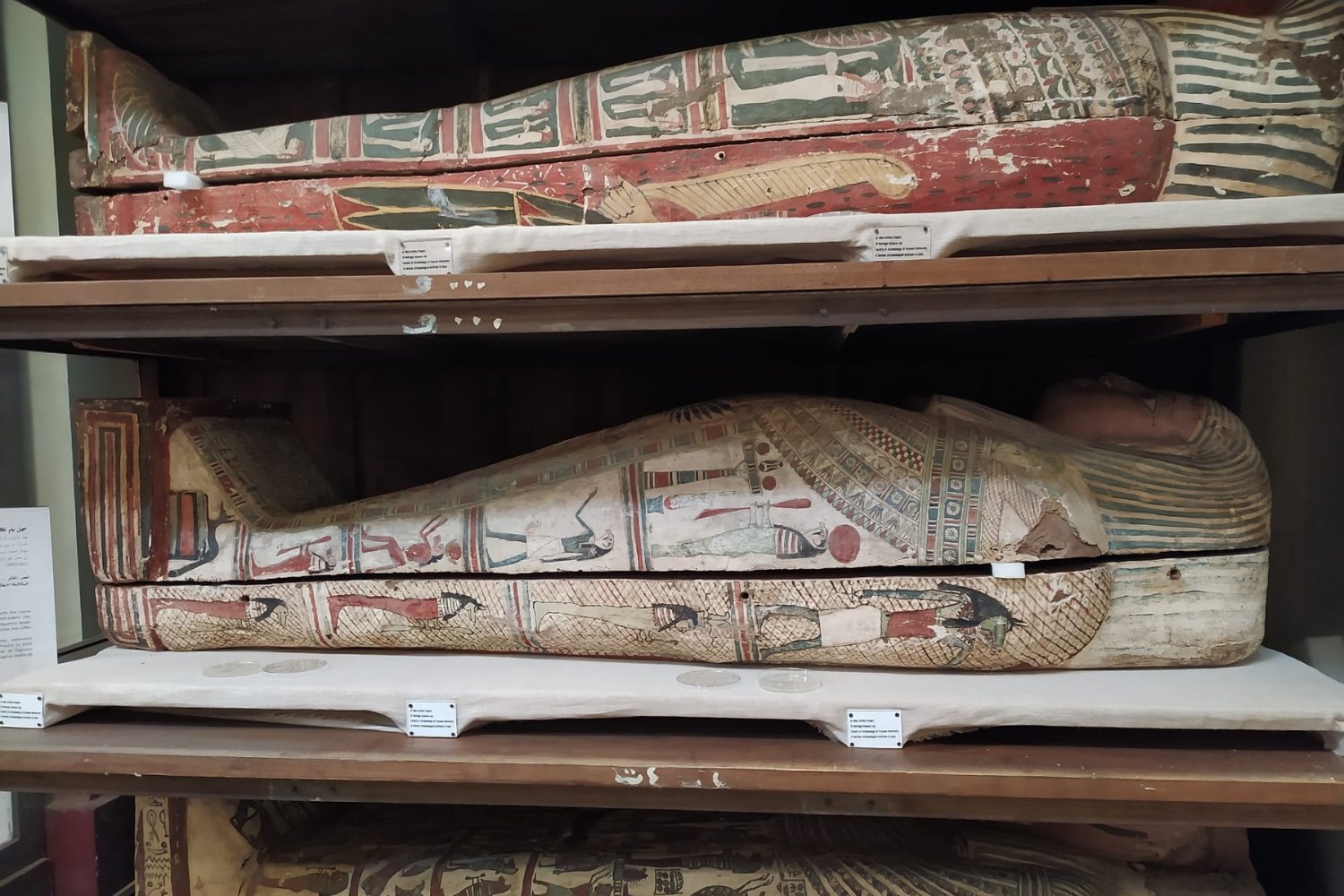
Unveiling the Enigma: The Aromatic Legacy of Egyptian Mummies
For centuries, the iconic practice of mummification in ancient Egypt has captivated the imaginations of historians, archaeologists, and the general public alike. Beyond the intricate rituals and symbolic significance, one aspect that has remained shrouded in mystery is the enigmatic scent of mummified bodies.
An unprecedented endeavor by an international team of researchers has illuminated this olfactory enigma, revealing a complex symphony of aromas imbued with historical and cultural insights. Their findings, meticulously detailed in the Journal of the American Chemical Society, provide a groundbreaking glimpse into the olfactory heritage of ancient Egypt.
Led by Matija Strlič, a chemist at University College London (UCL), the team employed a multifaceted approach, harnessing both conventional scientific methods and the refined olfactory perceptions of trained "sniffers." Using gas chromatography and mass spectrometry, they meticulously analyzed the chemical molecules emitted by nine mummies housed in the Egyptian Museum in Cairo.
Simultaneously, experienced human "sniffers" meticulously described the quality, intensity, and pleasantness of the aromas. This unique combination of scientific and sensory analysis yielded a comprehensive understanding of the olfactory profile of these ancient remains.
Through their meticulous investigations, the researchers categorized the scents into three distinct origins:
-
Ancient Mummification Techniques: Myrrh, frankincense, and tree resins, such as pine, were liberally employed in the mummification process, imbuing the mummies with their characteristic woody, spicy, and sweet fragrances.
-
Modern Conservation Products: Over time, mummies have been subjected to various conservation treatments, introducing additional scents, such as those derived from pesticides or adhesives.
-
Natural Deterioration: As centuries have passed, the mummies have undergone a gradual process of deterioration, releasing odors indicative of decay and the passage of time.
The researchers’ meticulous analysis not only uncovered the aromatic composition of ancient Egyptian mummies but also underscored the importance of using our senses to comprehend the past. "To the ancient Egyptians, mummification was an essential mortuary practice," explained Ali Abdelhalim, director of the Egyptian Museum in Cairo. "The specific scents associated with this practice reflect the belief in preserving the body and soul for the afterlife."
Intriguingly, the study revealed that pleasant odors were revered as symbols of purity and divinity, while foul smells signified corruption and decay. This olfactory dichotomy mirrors the profound significance of scent in ancient Egyptian culture, where aromas were intimately intertwined with religious beliefs and social customs.
Extending beyond the realm of academia, the research team envisions innovative ways to engage museum visitors with the olfactory heritage of ancient Egypt. "Smellscapes," immersive experiences that recreate the scent of ancient mummies, hold the potential to stimulate the senses and foster a deeper understanding of this enigmatic civilization.
In the spirit of continued exploration, the researchers aim to reconstruct the exact smell of ancient mummified bodies. This ambitious undertaking will not only enhance our understanding of the Egyptian mummification process but also provide a unique sensory experience for those seeking to connect with the past through an unconventional avenue.
The groundbreaking study on the scents of Egyptian mummies serves as a testament to the power of interdisciplinary research. By merging scientific techniques with sensory perceptions, the researchers have illuminated a previously unexplored aspect of ancient Egyptian culture. In so doing, they have not only expanded our knowledge but also paved the way for novel approaches to engaging audiences with the rich tapestry of history.
